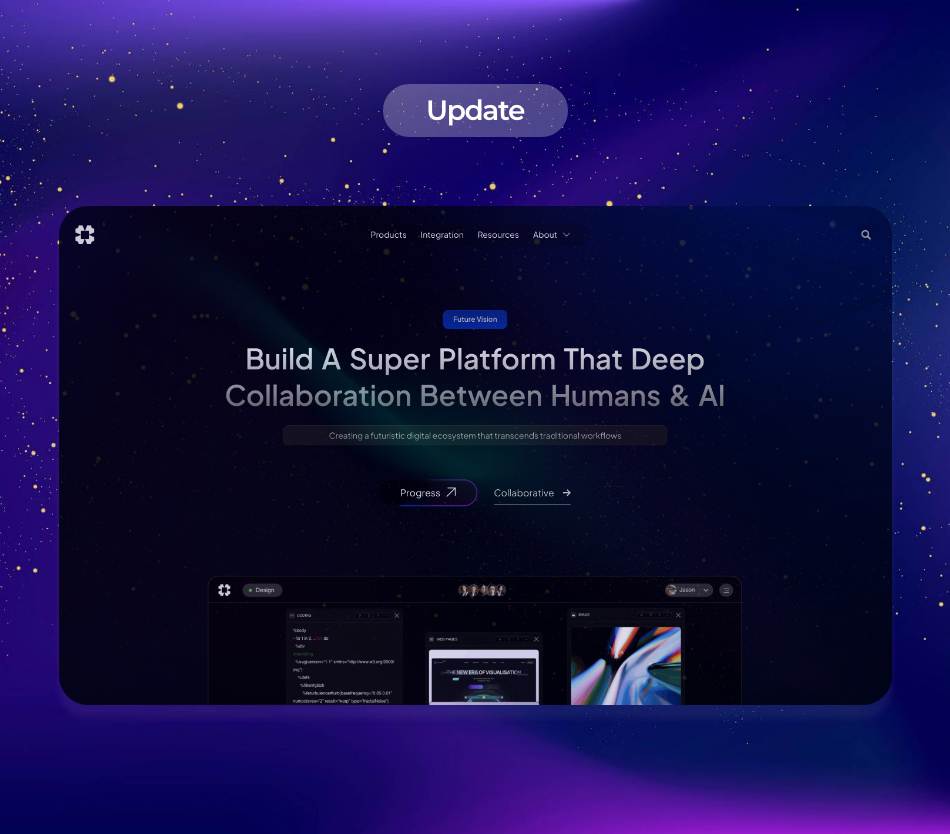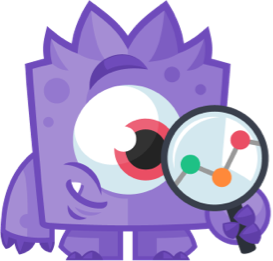Artificial Intelligence (AI) has transformed numerous industries, from healthcare to finance, by automating processes and providing insights that were previously unattainable. As organizations increasingly adopt AI technologies, the need for effective integration becomes paramount. AI System Integration, particularly through Distributed AI Operating Systems (AIOS), is emerging as a critical solution to enhance user experience and operational efficiency. This article delves into the latest trends, industry applications, and technical insights related to AI System Integration and Distributed AIOS, highlighting their potential to deliver a seamless user experience.
.
**Understanding AI System Integration and Distributed AIOS**
AI System Integration refers to the process of combining various AI technologies and tools into a cohesive framework that allows for efficient data sharing and collaboration. This integration is crucial for organizations that rely on multiple AI solutions to function effectively. Distributed AI Operating Systems (AIOS) represent a new paradigm in this space, enabling the deployment of AI applications across decentralized networks. Unlike traditional centralized systems, Distributed AIOS can process data at the edge, closer to where it is generated, thereby reducing latency and enhancing real-time decision-making capabilities.
.
**Trends in AI System Integration**
Recent trends in AI System Integration highlight the growing importance of interoperability among AI tools. Organizations are increasingly seeking solutions that can seamlessly connect disparate AI applications, allowing for a more unified approach to data analysis and decision-making. This trend is driven by the need for agility in business operations and the desire to leverage AI for competitive advantage.
Moreover, the rise of cloud computing and edge computing has facilitated the development of Distributed AIOS. These systems can operate across various environments, from cloud data centers to edge devices, ensuring that AI applications can function optimally regardless of where the data resides. This flexibility is essential for industries such as manufacturing, logistics, and healthcare, where real-time data processing is critical.
.
**Seamless User Experience in AIOS**
A seamless user experience is a fundamental goal of any AI system. With the integration of Distributed AIOS, organizations can provide users with more intuitive and responsive interfaces. By leveraging advanced algorithms and machine learning techniques, these systems can learn from user interactions and adapt accordingly, resulting in a more personalized experience.
For instance, in customer service applications, AIOS can analyze user queries in real time and provide instant, context-aware responses. This capability not only improves customer satisfaction but also reduces the workload on human agents, allowing them to focus on more complex issues. The seamless integration of AI tools within these systems ensures that users have access to the information and resources they need, when they need them.
.
**Industry Applications of AI System Integration and Distributed AIOS**
1. **Healthcare**: In the healthcare sector, AI System Integration is revolutionizing patient care. Distributed AIOS can analyze vast amounts of patient data from various sources, including electronic health records, wearables, and lab results. By integrating these data points, healthcare providers can gain comprehensive insights into patient health, enabling proactive interventions and personalized treatment plans.
2. **Finance**: The financial industry is leveraging AI System Integration to enhance fraud detection and risk management. Distributed AIOS can monitor transactions in real-time, identifying anomalies and flagging potential fraudulent activities. The integration of AI tools allows financial institutions to respond swiftly to threats, safeguarding their assets and maintaining customer trust.
3. **Manufacturing**: In manufacturing, AI System Integration is driving the adoption of smart factories. Distributed AIOS can connect machines, sensors, and supply chain data, enabling predictive maintenance and optimizing production processes. This integration not only improves operational efficiency but also reduces downtime and costs.
4. **Retail**: Retailers are using AI System Integration to enhance customer experiences. Distributed AIOS can analyze shopping patterns and preferences, allowing retailers to offer personalized recommendations and promotions. This targeted approach increases customer engagement and drives sales.
.
**Technical Insights into AI System Integration**
Implementing AI System Integration and Distributed AIOS requires a robust technical foundation. Organizations need to consider several key factors:
– **Data Management**: Effective data management is crucial for successful AI integration. Organizations must establish protocols for data collection, storage, and processing to ensure that AI systems can access and analyze relevant information.
– **Interoperability**: Ensuring that different AI tools can communicate and work together is essential. Organizations should prioritize solutions that support open standards and APIs, enabling seamless integration across platforms.
– **Scalability**: As organizations grow, their AI needs will evolve. Distributed AIOS should be designed with scalability in mind, allowing for the addition of new applications and data sources without significant disruption.
– **Security**: With the increasing reliance on AI, security concerns are paramount. Organizations must implement robust security measures to protect sensitive data and ensure compliance with regulations.
.
**Challenges in AI System Integration**
Despite the promising potential of AI System Integration and Distributed AIOS, several challenges remain. One significant hurdle is the complexity of integrating legacy systems with modern AI solutions. Many organizations still rely on outdated infrastructure that may not be compatible with new technologies. This integration challenge can lead to increased costs and extended timelines for implementation.
Additionally, there is a shortage of skilled professionals who can effectively manage AI System Integration projects. Organizations must invest in training and development to build a workforce capable of navigating the complexities of AI technologies.
.
**Conclusion: The Path Forward for AI System Integration**
As AI continues to evolve, the integration of AI System Integration and Distributed AIOS will play a pivotal role in shaping the future of technology across industries. By embracing these innovations, organizations can unlock new opportunities for efficiency, personalization, and customer engagement.
The journey toward seamless user experiences in AIOS is ongoing, and organizations that prioritize effective integration will be well-positioned to thrive in the competitive landscape. As we move forward, collaboration among technology providers, businesses, and regulatory bodies will be essential to address challenges and harness the full potential of AI.
.
**Sources:**
1. “AI System Integration: Trends and Best Practices” – McKinsey & Company
2. “The Role of Distributed AI in Modern Enterprises” – Gartner Research
3. “Enhancing User Experience with AI: A Comprehensive Guide” – Forrester Research
4. “Distributed AI: The Future of Intelligent Systems” – IEEE Xplore
5. “AI in Healthcare: Transforming Patient Care” – World Health Organization
6. “AI in Finance: The New Frontier of Fraud Detection” – Financial Times
7. “Smart Manufacturing: The Role of AI and IoT” – Manufacturing Technology Insights
8. “Personalization in Retail: The Impact of AI” – Harvard Business Review
By understanding and implementing AI System Integration and Distributed AIOS, organizations can navigate the complexities of AI technologies and deliver exceptional user experiences that drive success in the digital age.


























